Keynote Speakers
6 keynote speakers are decided to present their talk.
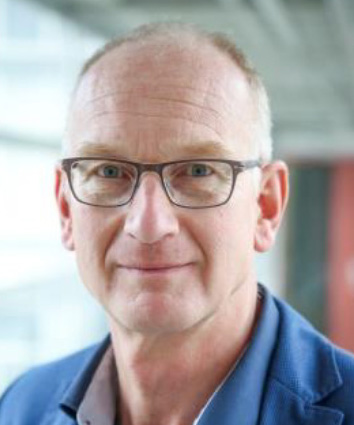
Dr. Anne Jans Faber
CelSian Glass & Solar
Title: Towards CO2-free glass manufacturing: technological challenges
The main sources of CO2 emissions from current industrial glass melting tanks are the combustion of fossil fuels and the carbonates used in the raw materials batch. The total CO2 emission from these both sources typically vary from 0.4 – 1 kg CO2 /kg produced glass, depending on glass type, furnace efficiency and cullet% in the batch. In this lecture, the most important technologies for CO2-free glass manufacturing, including full electric melters with green electricity, the use of green (durable) hydrogen in fuel-fired furnaces and combined electric-hydrogen fired (hybrid) furnaces are discussed. A survey will be presented of running research projects on sustainable glass manufacturing in Europe, including the development and testing of suitable hydrogen burners for high temperature processes coordinated by DNV-GL, NL, the Glass Futures project on decarbonising the glass sector in the UK, several projects on alternative fuels in Germany and several projects running within GlassTrend.
In the second part of the presentation, the main technological challenges of new sustainable glass melting techniques are discussed. Here, the attention is focused on (1) specific features of heat transfer processes from hydrogen-rich flames and from electrodes in cold top melters, (2) the consequences of these heating techniques for the batch-to-melt conversion, batch melting kinetics, redox, fining and foaming processes and (3) the possibilities for eliminating CO2 originating from raw materials batches by increased use of recycled cullet and by the use of silicates substituting carbonates in the batch. Under (1) the relative importance of thermal radiation, convection and (phonon) conduction in combustion chamber, batch blanket and glass melt in hydrogen fired and cold top tanks will be explained by analysis of characteristic dimensionless numbers for heat transfer and by simplified physical models.
Finally, recommendations will be given for selection of the most adequate sustainable melting technology, depending on glass type (container, float, fibre/wool, special glass) and furnace size/tonnage.
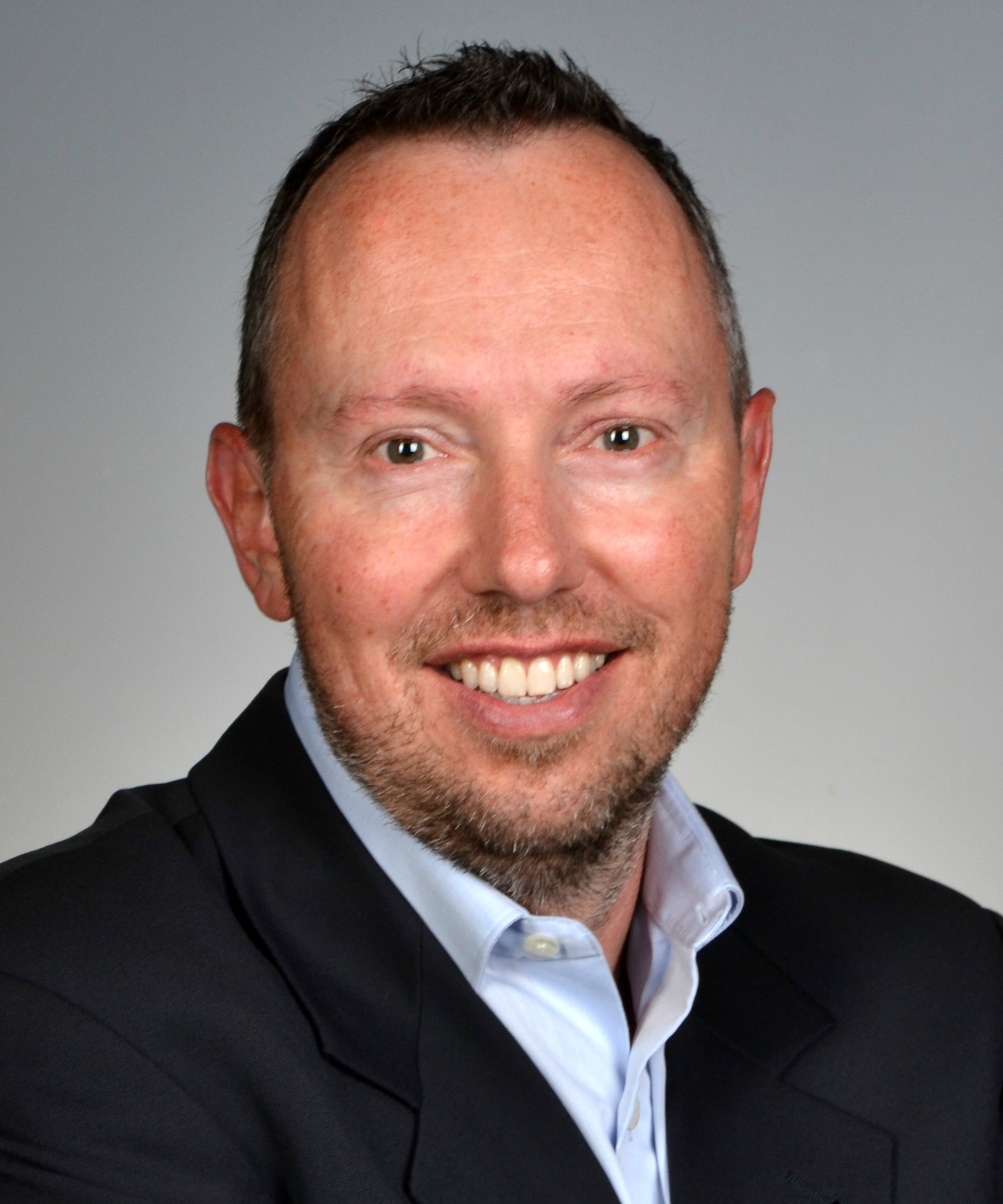
Dr. Erik Muijsenberg
GLASS SERVICE
Title: Recent Trends in European Glass Industry
The paper will discuss most recent Trends and the market situation in Europe to produce products and packaging material from Glass. There are 2 strong trends at the moment taking place which we want to highlight in this paper:
1. CO2 emission reduction
2. Industry 4.0 Automation
1. CO2 emission reduction
The share and use of Electric melting is today steadily growing again. This is not new, as some decennia's ago it already was quite popular. The first furnace that used electric current was built in 1905 following Sauvageon's design was melting glass for window glass production. Since that time many different designs were tried. In more recent decennia's electric melting became less popular due to low price and wide availability of fossil fuels. Just in recent years with the fear of Global Warming and plans for CO2 reduction the interest in full or partial (Hybrid) electric melting is getting more attention again. The generation of electricity by alternative energy sources is of course a great help here as it brings costs of Electricity finally down and will be CO2 free. In Europe the average generation of electricity is already in range of 38% by renewable resources such as wind, solar hydro and bio. The question for the future is not if we will have more electric energy usage for glass melting, but if the future will be All Electric Melting (AEM) or Horizontal Hybrid Electric Melter (H2EM) that means a balance between using more Bio fuels some amount of fossil fuels and large amount of electric melting step by step to reduce our CO2 footprint. Or the future maybe brings us Horizontal Hybrid Hydrogen Electric Melter (H3EM). The paper will show some examples of the past & present and some ideas for the future strongly supported with mathematical modeling of such new furnace designs.
2. Industry 4.0 Automation
Model Based Predictive (MPC) furnace control is driven by Industry 4.0, which is a group of interactive technologies utilizing more automated control of the glass melting process. Industry 4.0 is becoming the new augmented reality. Over the Internet of Things, cyber-physical systems communicate and cooperate with each other and humans in real time.
The future will have self-driving cars and self-flying taxis with vertical takeoff capabilities.
Likewise, these same smart cameras and similar advanced types of cameras are revolutionizing the manufacturing process. The use of advanced interactive process control and computers allow a cohesive cyber-physical control of today’s smart factory. Using the resolution of an advanced visual range camera using red/green/blue (RGB) and Near Infrared (NIR) camera, the batch melting process can be controlled by optimizing the furnace heat input while controlling crown, bottom, throat and riser glass temperatures.
These advanced cameras are connected to advanced control systems to better utilize their information. Such an advanced control system is an MPC system that assesses how the furnace will react to operational changes and develops advanced mathematical algorithms that optimally controls the furnace operation. MPC configures these control algorithms based upon historical data of the furnace operation, and continually adds current operating information.
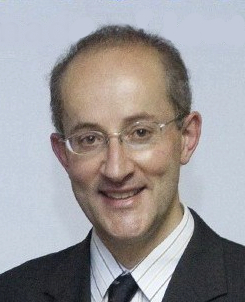
Dr. Tanguy Rouxel
University of Rennes 1, France
Title: What we can learn from the mechanical behavior of glasses about their atomic and molecular structure
The mechanical properties of glasses from different chemical systems were studied in the light of the atomic packing density (Cg), medium range order and atomic bonding character. The elastic moduli reflect the volume density of energy, and are thus directly correlated to Cg and to the bond strength. Nevertheless, the packing density has actually the greater influence on the final result. The same conclusion is drawn for hardness. As a matter of fact, the hardest and stiffest glasses are not those with the strongest interatomic bonding! In the case of metallic glasses, we found that the electronegativity mismatch (Δe-) between the host- and the major solute - elements provides a plausible explanation to the large variation observed for Poisson's ratio (ν) notwithstanding a similar Cg. This correlation also holds for monoconstituent oxide glasses and hence provides an explanation to the variation of ν observed for seemingly "isostructural" glasses. In the search for more ductile glasses, the bond directionality and the sensitivity to volume change are key parameters. The energy required for a stable crack propagation through the system, where the crack tends to follow the easy paths, provides some insight into the energy landscape, with a remarkable consistency between the energy as calculated from the bond density and from self-consistent fracture toughness measurements. The presence of weak channels favoring shear flow can also be invoked to interpret the temperature sensitivity of the viscous flow (fragile versus strong liquids). Finally, the problem of crack initiation from a sharp contact loading is also discussed with respect of the possible deformation mechanisms, which are further correlated with the atomic organization.
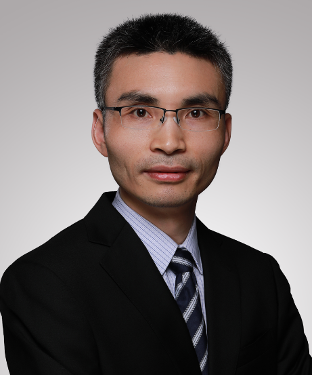
Dr. Shifeng Zhou
South China University of Technology, China
Title: Multicomponent Photonic Glasses and Fibers
Multicomponent glasses and fibers are considered to be the fundamental building blocks of the next-generation fiber photonics. In this talk, the recent progress in designs, fabrications and applications of selected materials for multicomponent optical glasses and fibers is introduced. In the first part of the talk, the typical microstructures in multicomponent glass system represented by topological features, heterogeneities and locally crystallized domains are discussed. The preliminary results about the relation between the glass microstructure and its optical properties are introduced. In the second part, glasses and glass-ceramics with various optical functions, including photon generation, amplification, modulation and detection are highlighted. Especially, multicomponent glasses and fibers with attractive properties such as tunable, broadband and flat emission are introduced. Their potential applications as gain matrix of broadband fiber amplifier in 5G technology are discussed. In addition, the glasses and fibers with strong radiation blocking ability and intense radiation induced luminescence are introduced. The fiber derived device for radiation detection is highlighted.
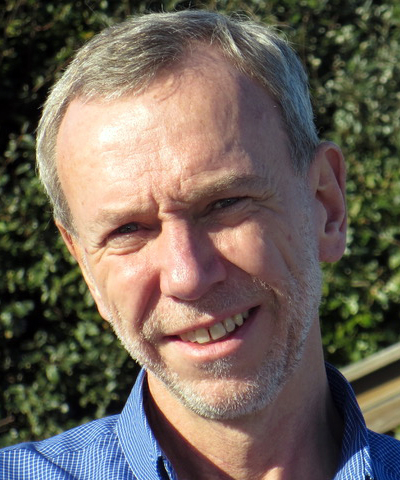
Dr. Ian L. Pegg
The Catholic University of America, USA
Title: Vitrification of Nuclear Wastes
Vitrification is the most widely employed treatment technology for the immobilization of high level nuclear wastes, which arise from reprocessing of spent nuclear fuel from nuclear reactors employed for power generation and defense programs. However, vitrification has also found extensive applications for the treatment of low- and intermediate level nuclear wastes as well as non-radioactive hazardous wastes from a range of sources. The vitrification process itself is, in principle, relatively simple, involving mixing of the waste with appropriate chemical additives and processing at high temperature to produce a glass melt that is cooled to yield a dense, durable solid waste form. The evaporation of volatile constituents such as water and the decomposition of salts and organics can lead to considerable volume reductions, which can improve overall economics compared to treatment processes that increase volume when volume-based handling and disposal costs are considered. The basic vitrification concept is also quite flexible, which has led to the development of a variety of vitrification processes that differ in their principle of operation, mode of energy input, melter geometry, scale, and materials of construction. Other key differences relate to the supporting systems that include feed make-up and delivery, product handling, and off-gas treatment. For radioactive applications, remote operation and maintenance, shielding, and safety are also major considerations that affect facility design. Appropriate glass formulations for vitrification processes must meet a variety of requirements that depend on the composition and nature of the waste, the selected processing technology, and the disposal scenario. These requirements can be translated into a set of property constraints that prospective glass formulations must meet. Additionally, economic considerations favor glass formulations that have high waste loadings and high melting rates. Key factors can include the leach resistance of the product, melt properties such as viscosity and electrical conductivity, secondary phase formation in the melt (including crystalline phases such as spinels and noble metals or salt phases such as sulfates, molybdates, chromates, and halides, all of which can cause operational issues), refractory corrosion, melt foaming, and the extent and control of volatilization of species such as technetium, cesium, ruthenium, iodine, etc, which have important ramifications for the design of appropriate off-gas treatment systems. The use of recycle and the generation of secondary waste are also important factors. These issues will be discussed and vitrification processes will be reviewed with examples from facilities around the world.
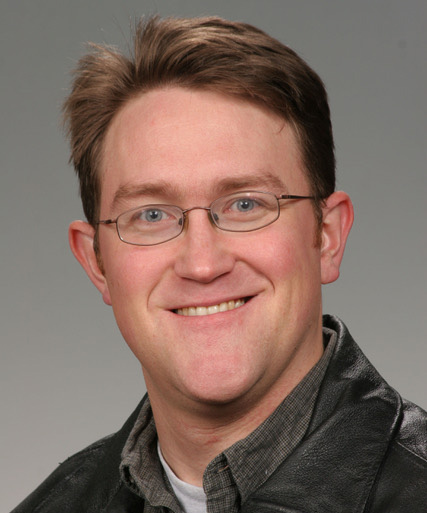
Dr. Joseph Ryan
Pacific Northwest National Laboratory, USA
Title: Evaluating an Uncertain Future: International efforts to develop the scientific basis for the long-term behavior of high-level nuclear waste glass
Vitrification is a common worldwide solution for waste immobilization. Although the excellent chemical durability of glass has been demonstrated in ancient man-made and natural analogues, determining material lifetime over geologic timescales is a difficult proposition. The naive durability cannot be taken advantage of in current performance models mainly due to a lack of international consensus on a glass corrosion rate model. Uncertainties in the contributions of the various physical and chemical processes controlling the long-term glass dissolution rate in geologic disposal are the primary reasons for the disagreements and are often accounted for with conservatism in existing models. A thorough mechanistic understanding of waste form durability in geologic environments would improve public and regulator confidence and could lead to cost savings if it becomes possible to take credit for the true durability of the waste form itself in system evaluations. For several years, several nations have engaged in collaborative research to elucidate the mechanisms controlling the long-term corrosion of glass.
This presentation will examine the state-of-the-art of glass corrosion science. Beginning with a discussion of the current models and their shortcomings, the talk will focus on the coordinated research performed by international community to develop the science further. Special attention will be given into key experiment designs and novel characterization types. Results from the common composition known as the International Simple Glass will be specifically discussed, especially as they apply to calculations capable of being inserted into performance assessment models. In particular, the key mechanisms will be described along with their appropriate mathematical constructs and the most advanced parameterization to date, with an emphasis on the level of confidence and consensus. The presentation will end with a summary of the new level of understanding of glass corrosion mechanisms that has resulted from the concerted effort of the international community.





